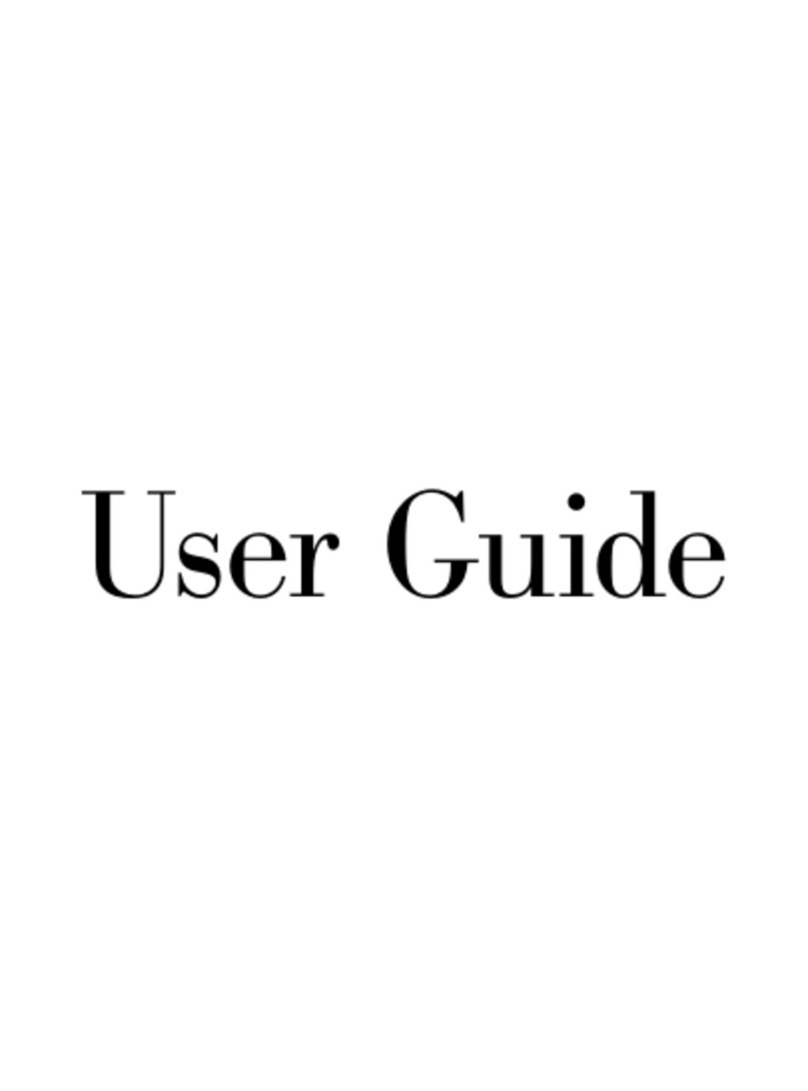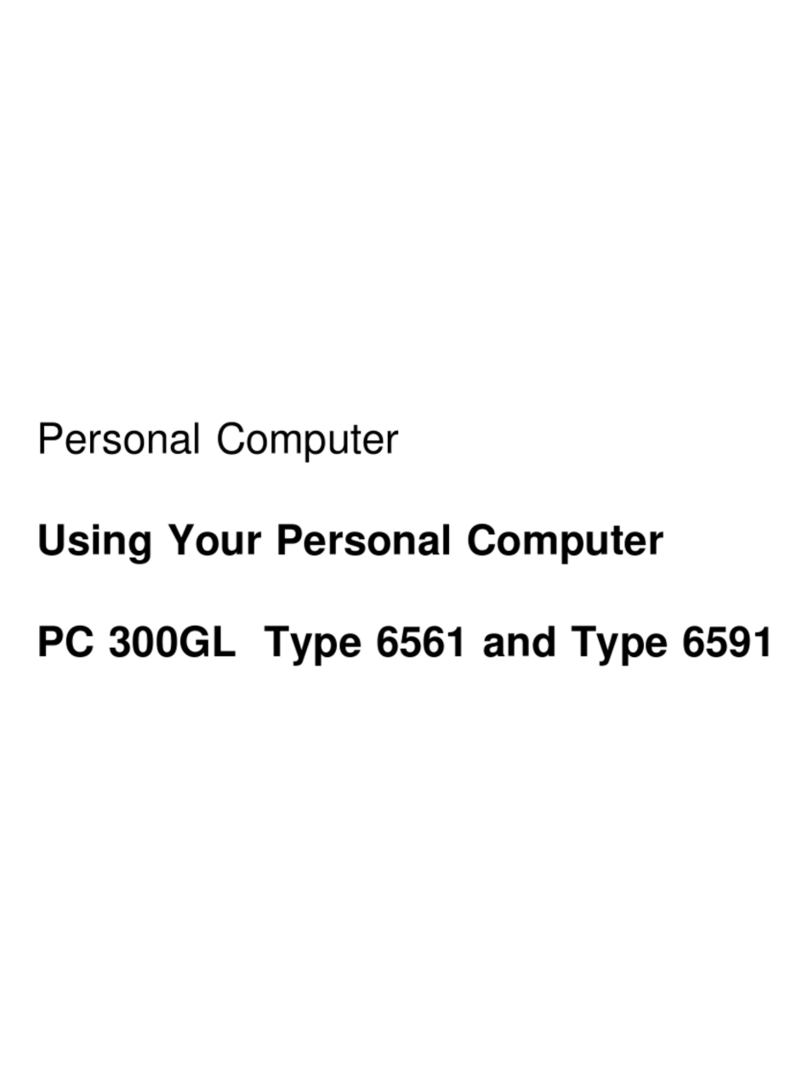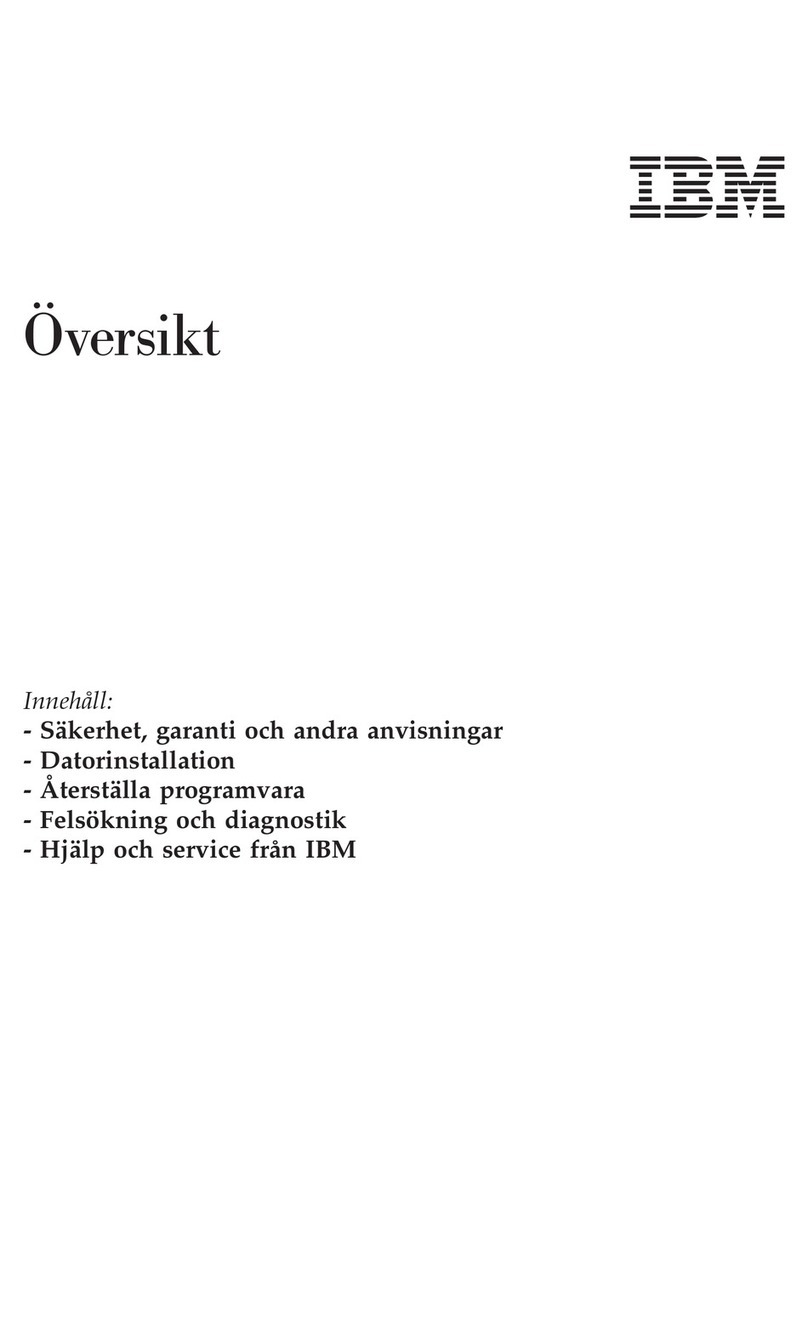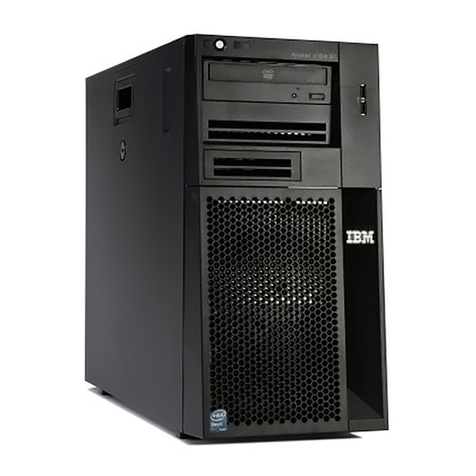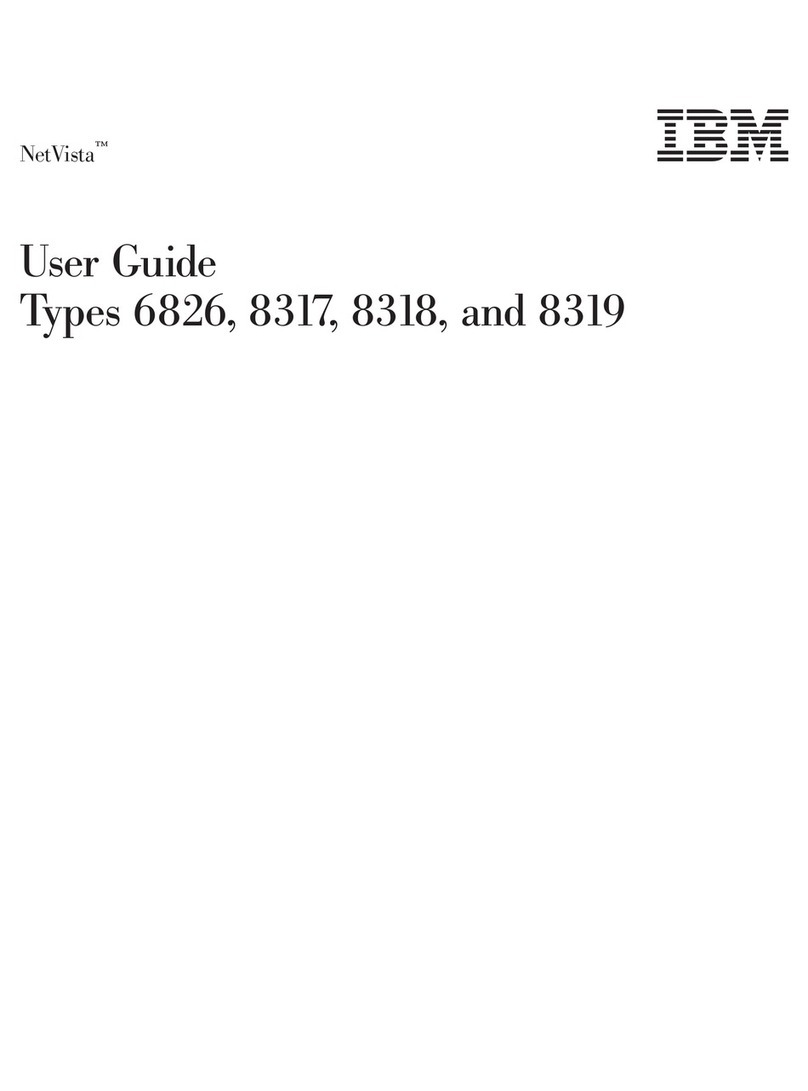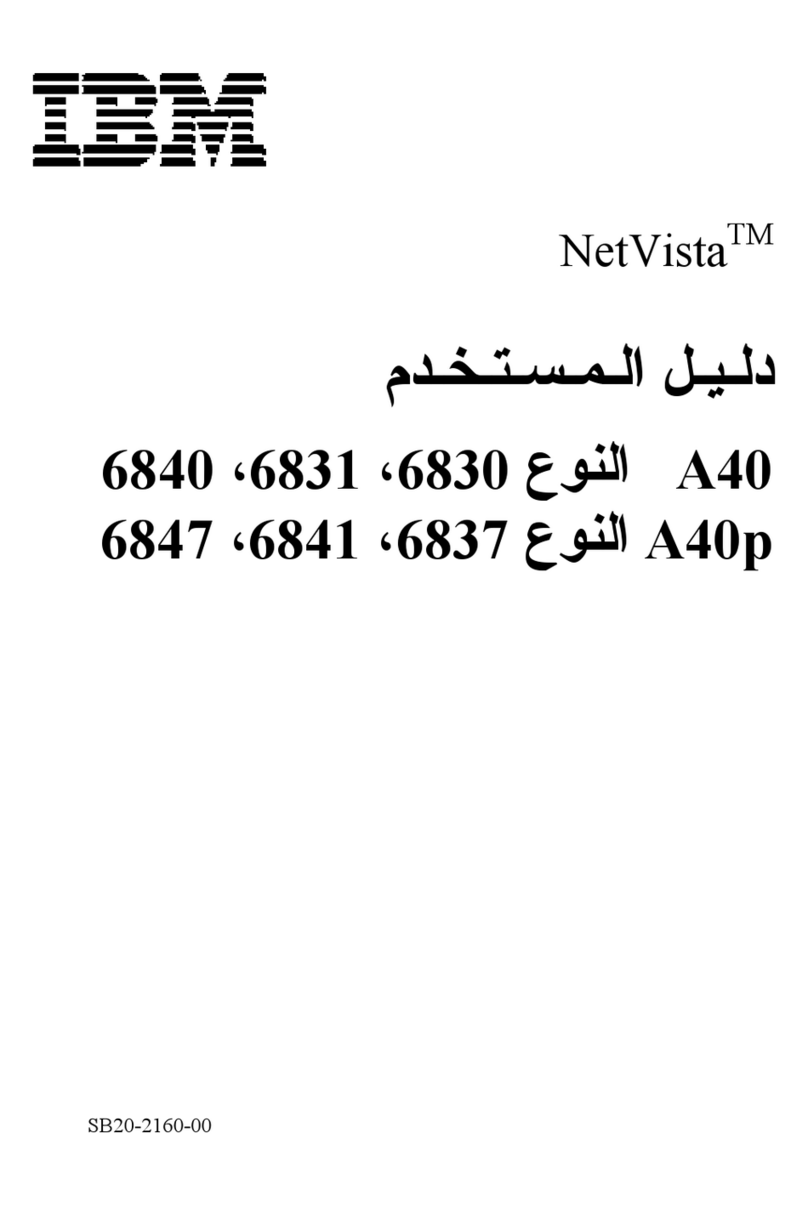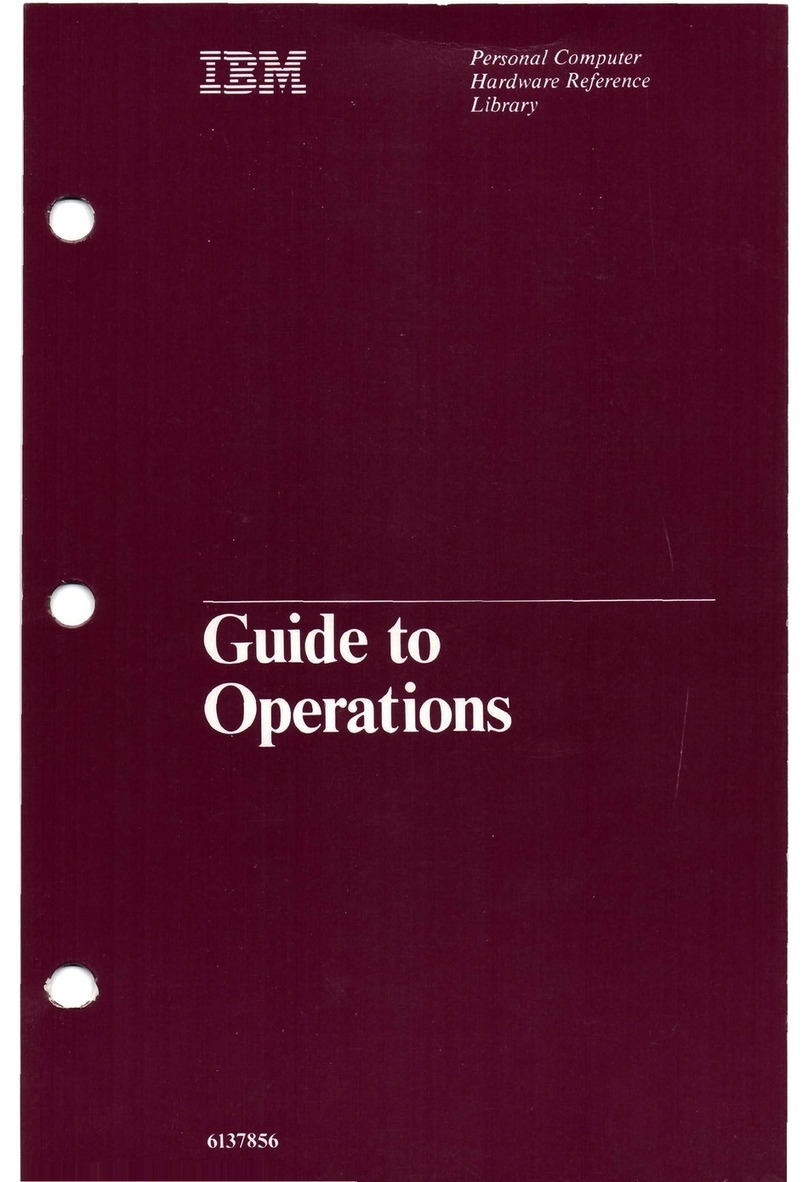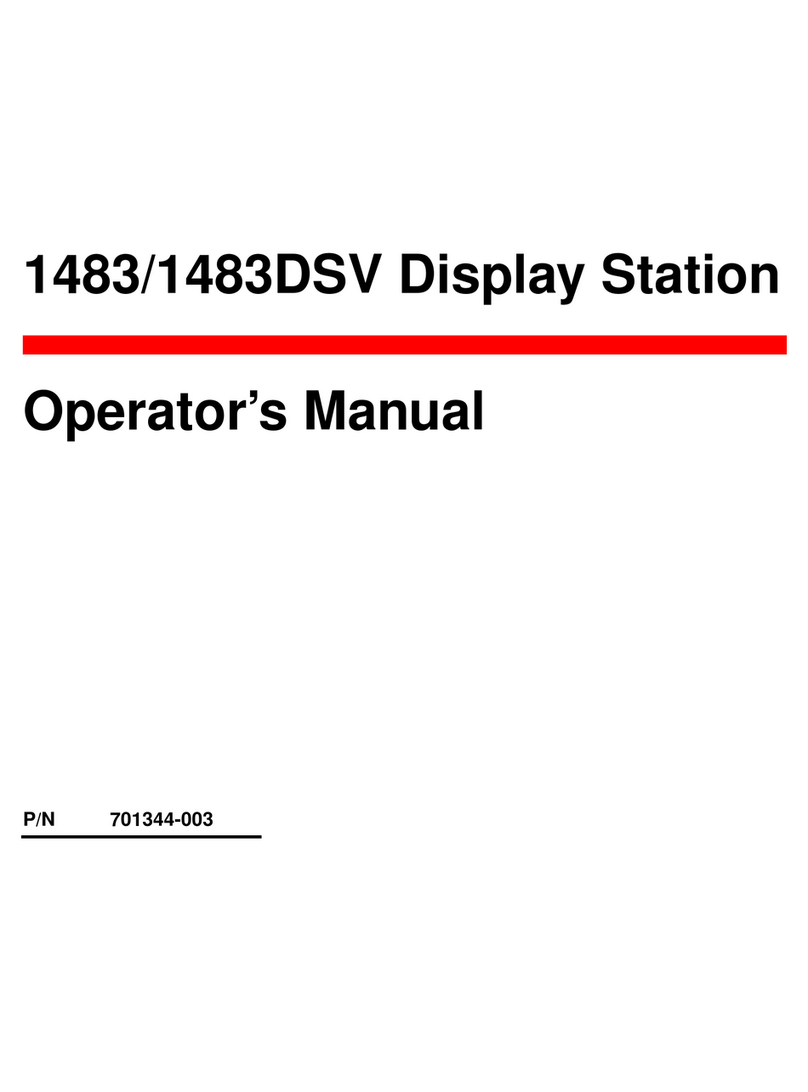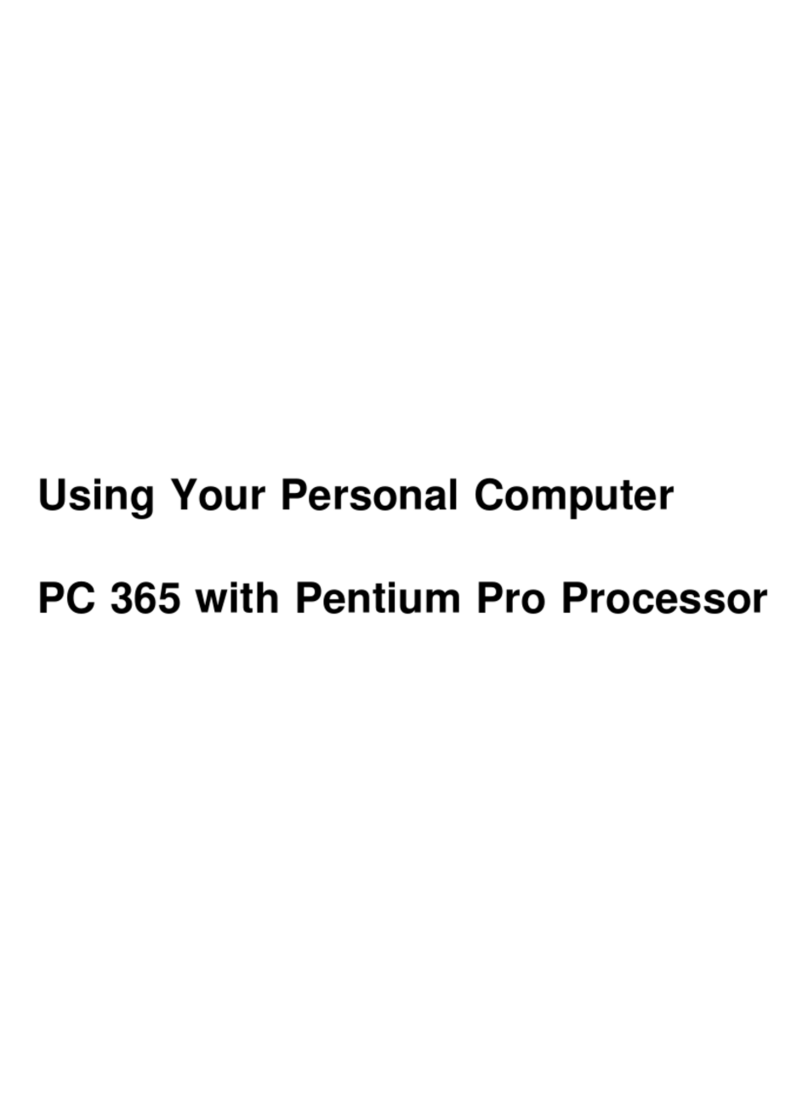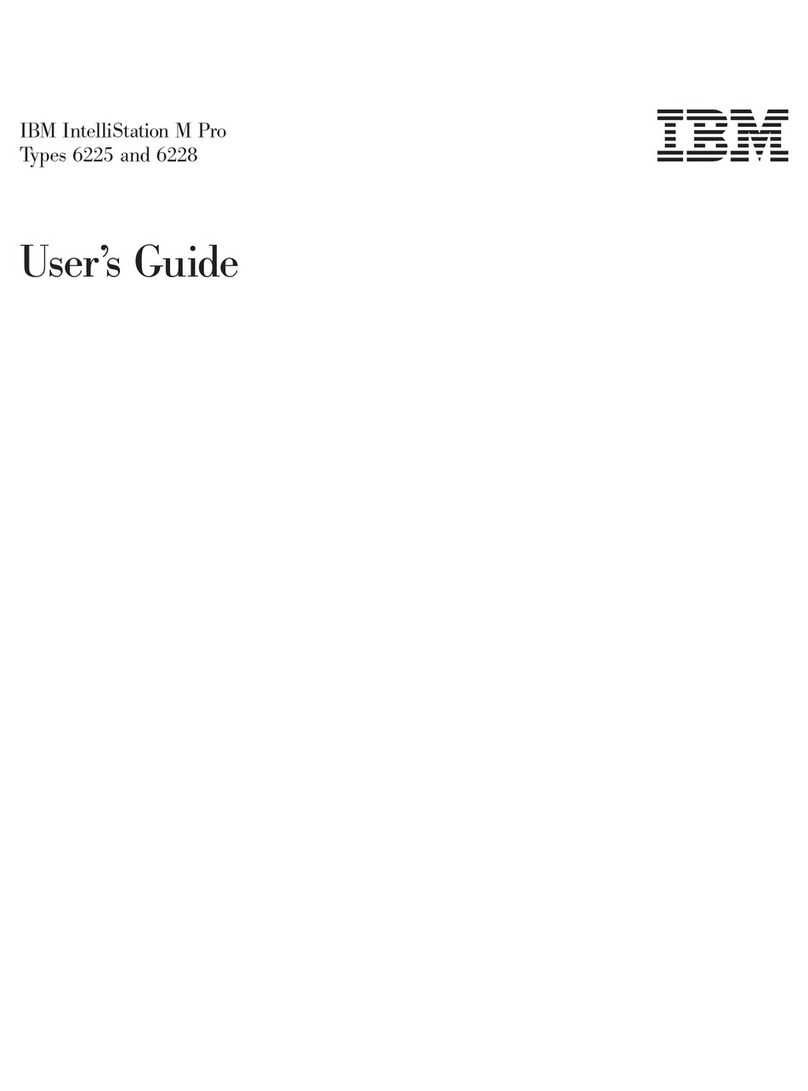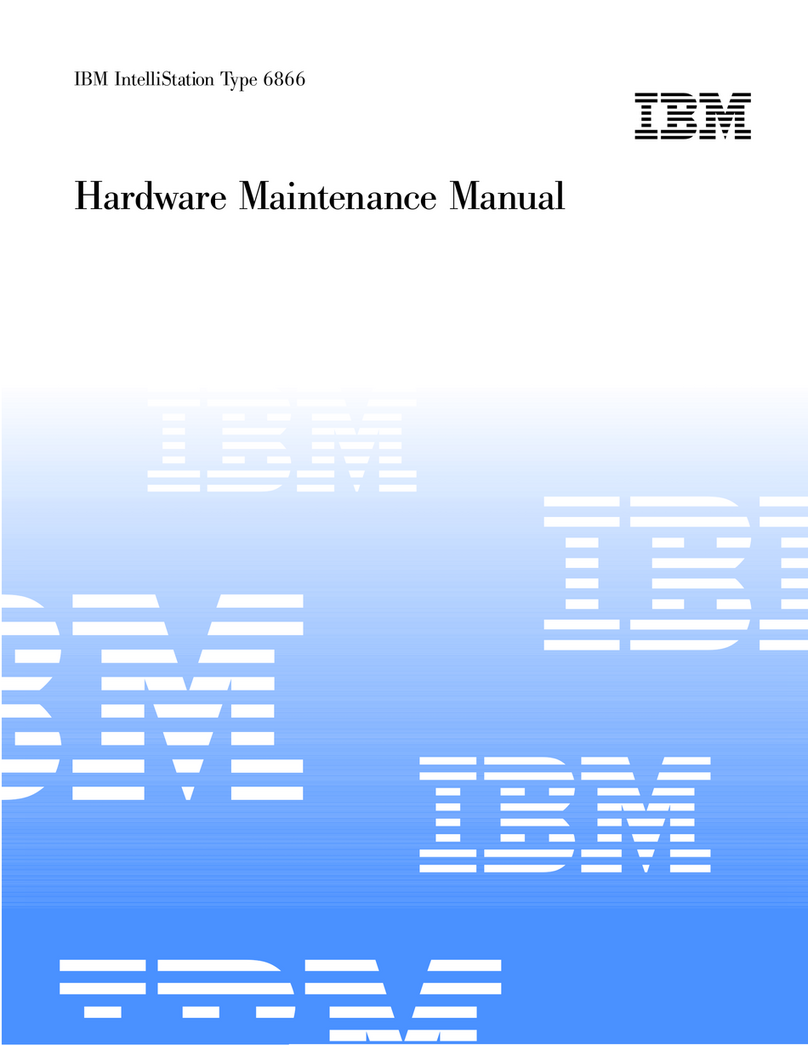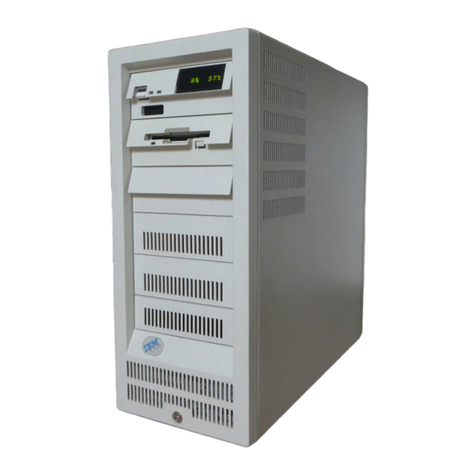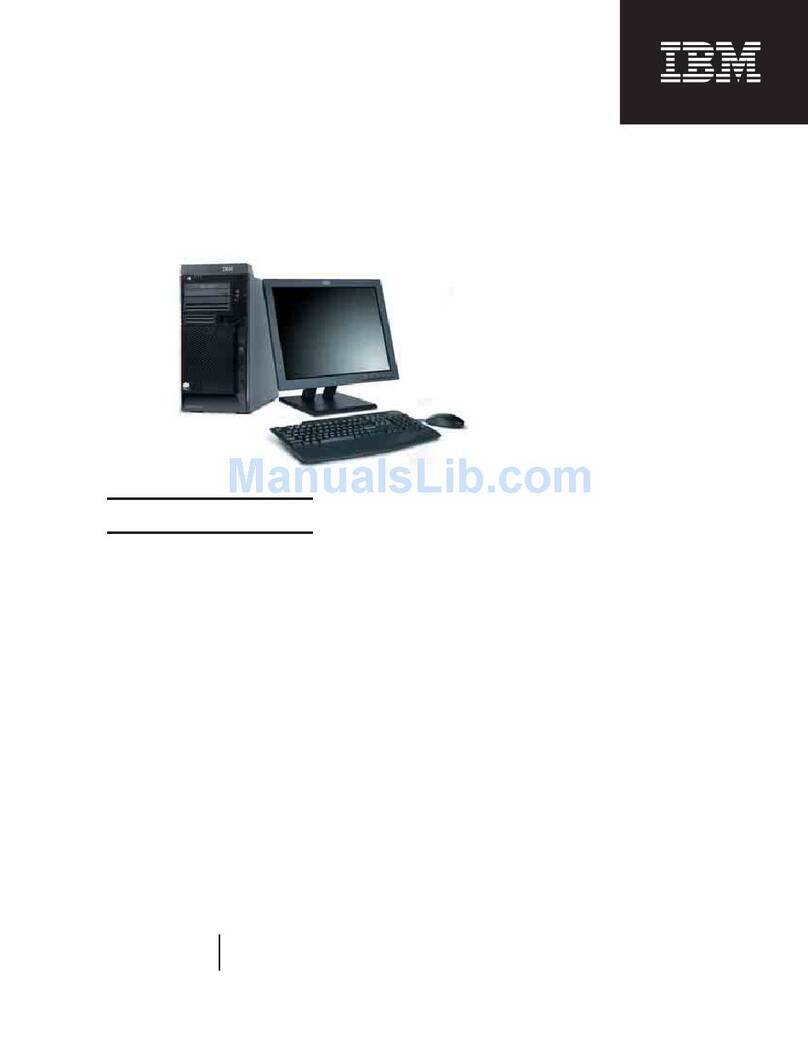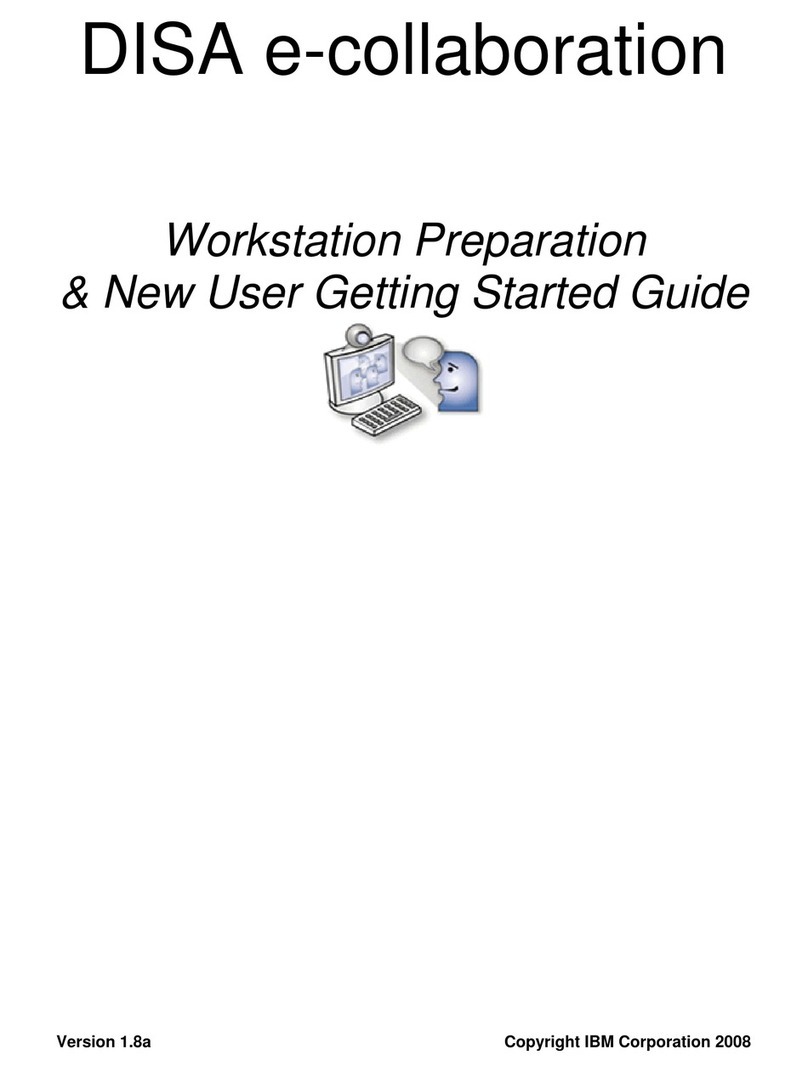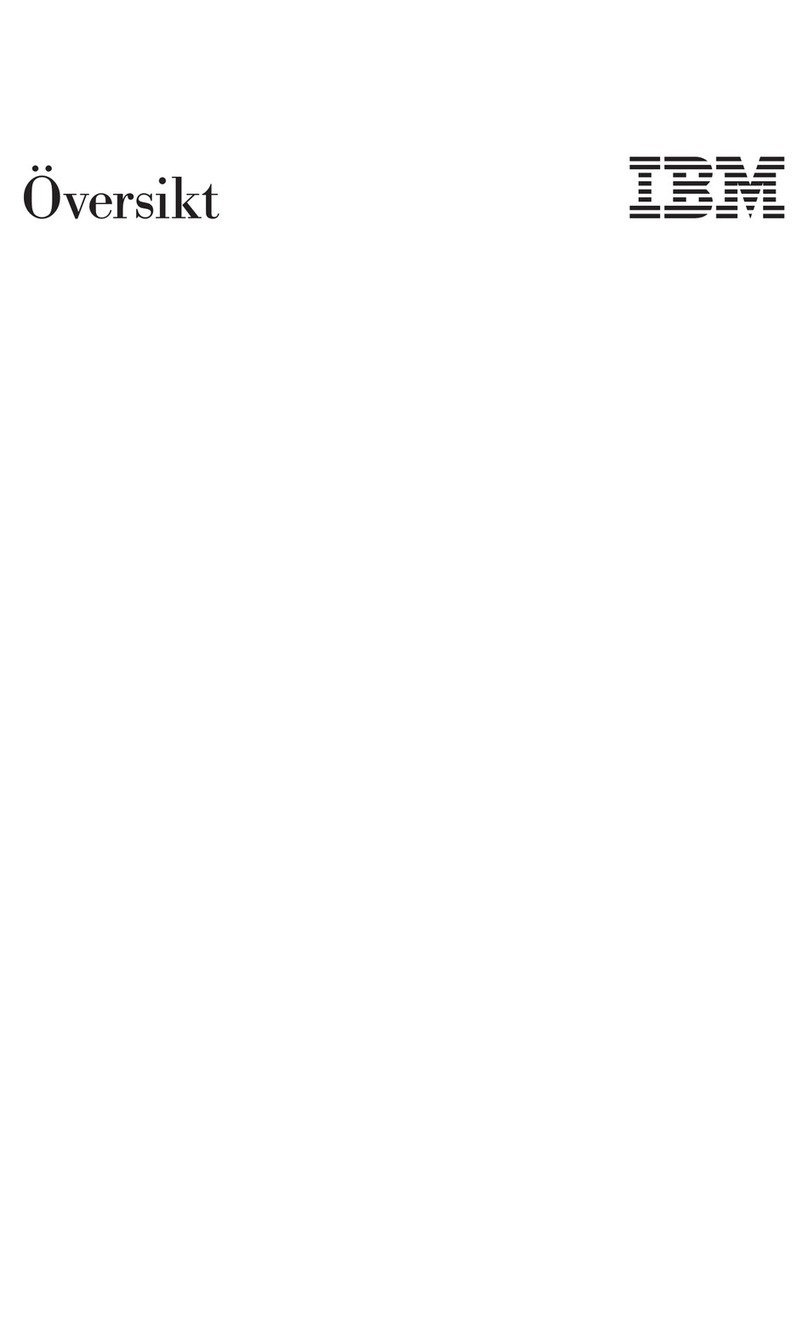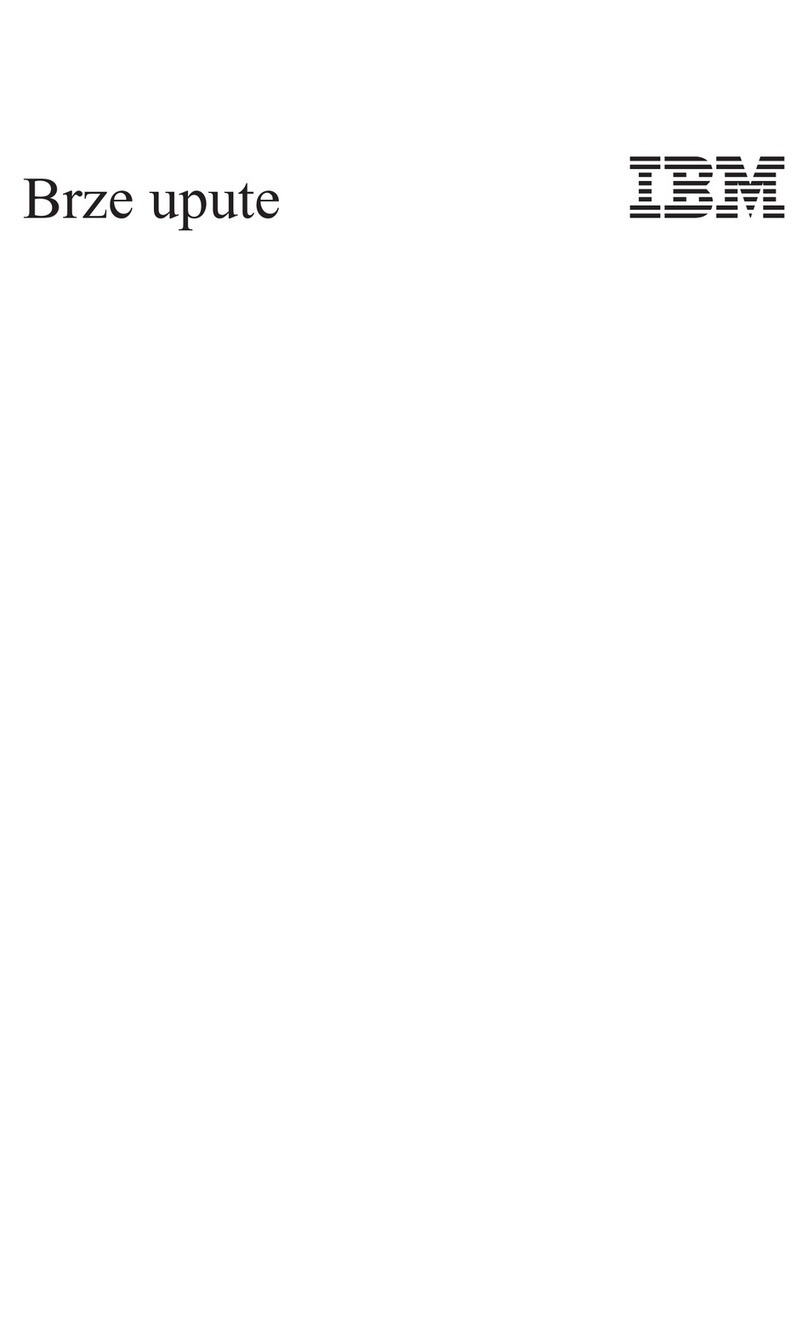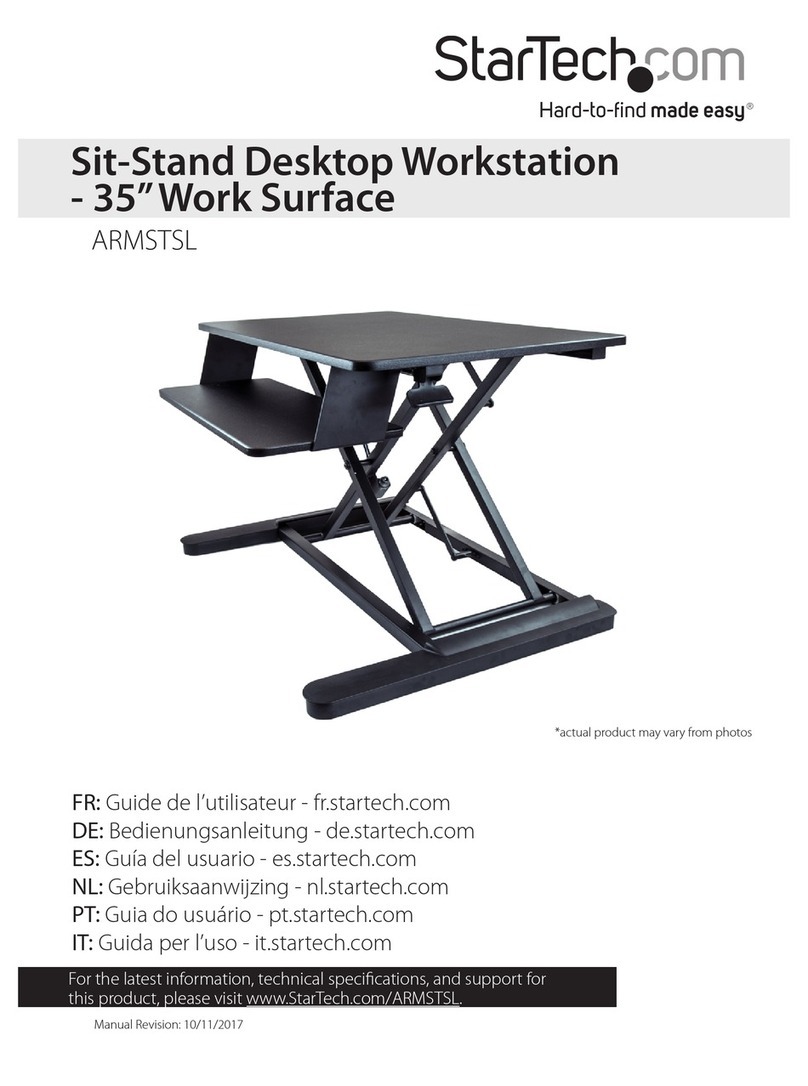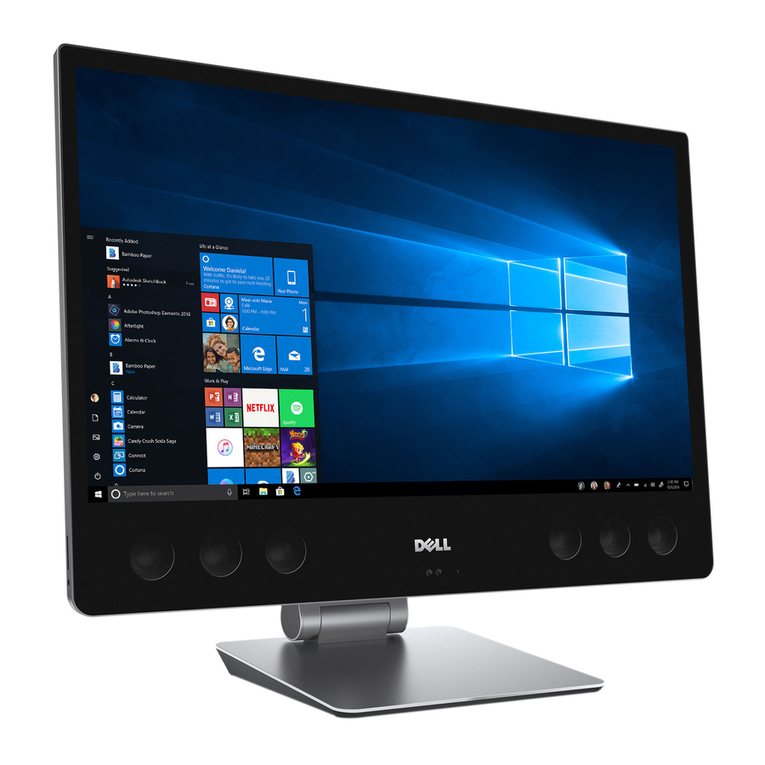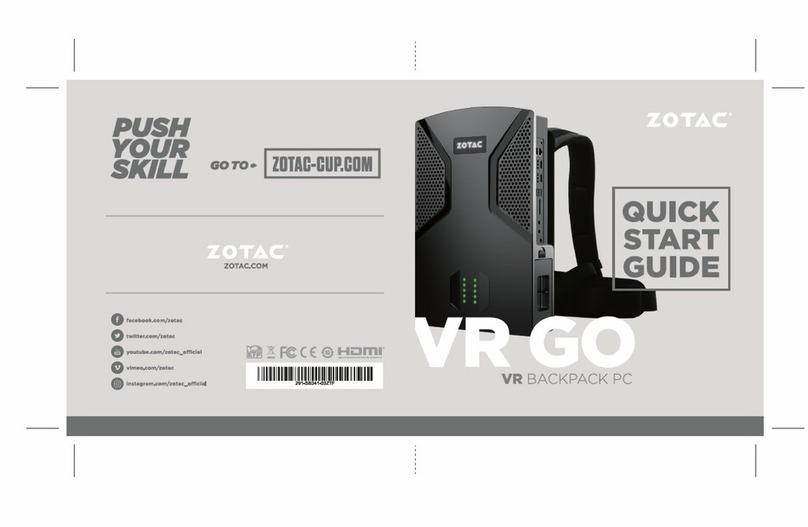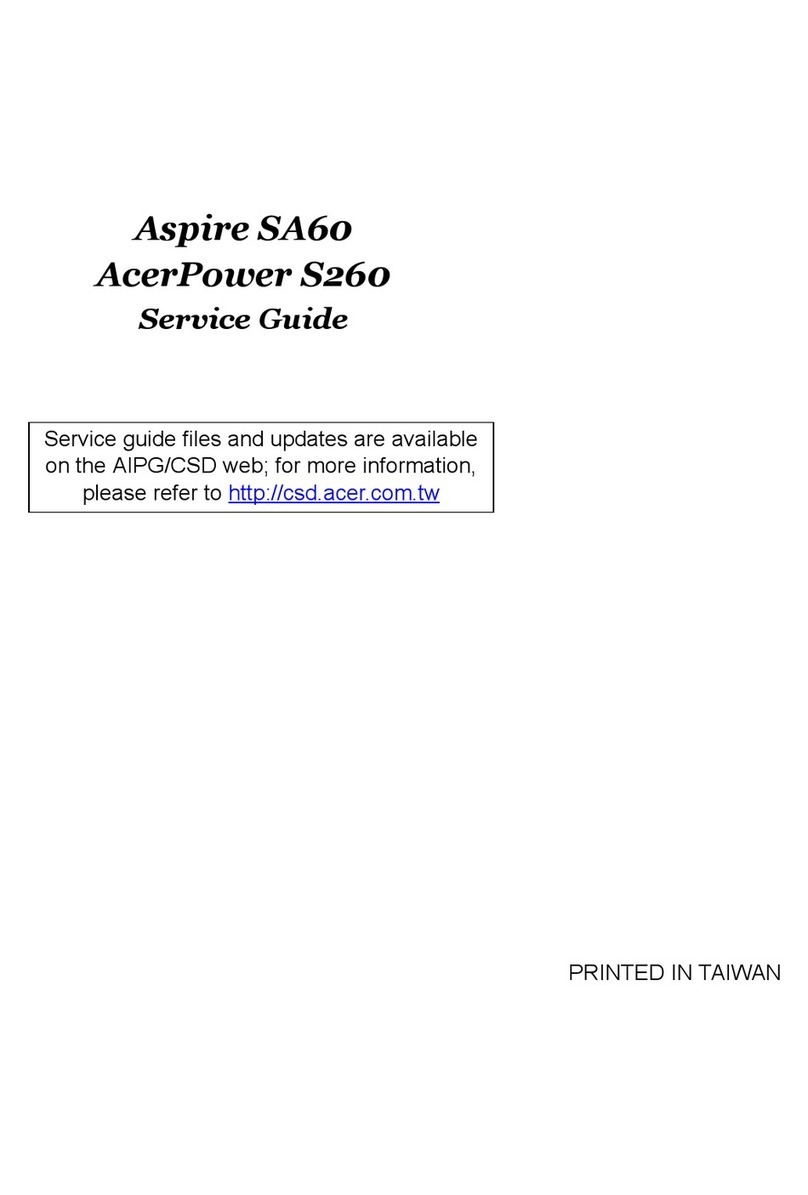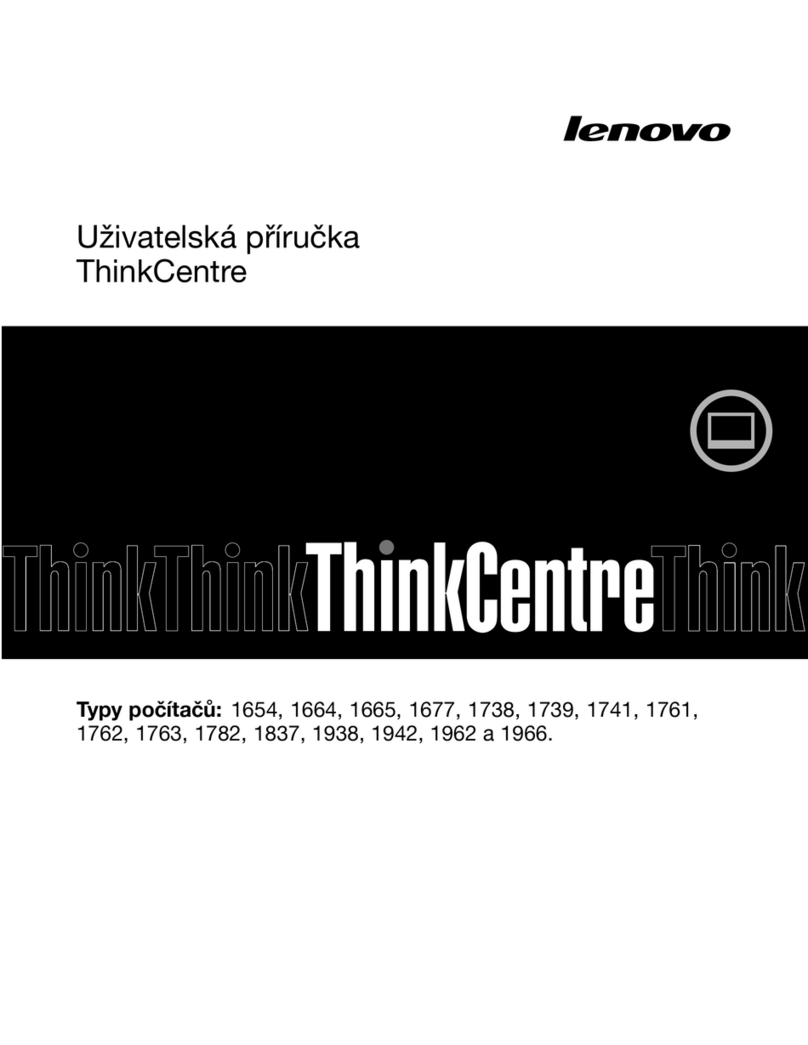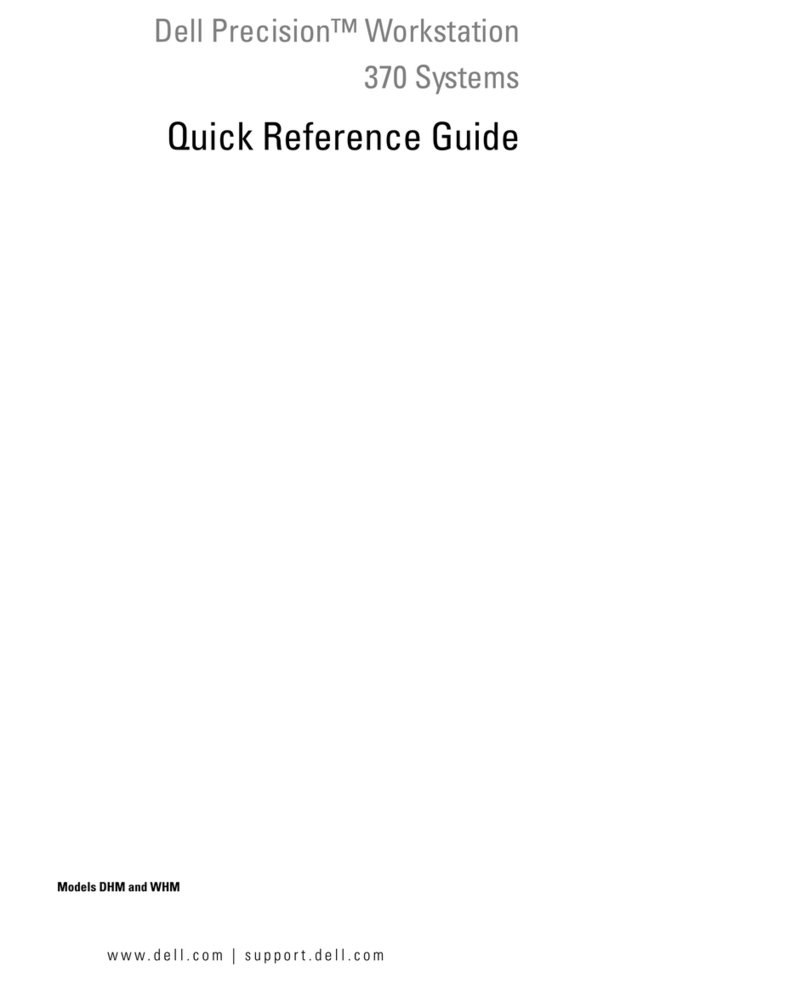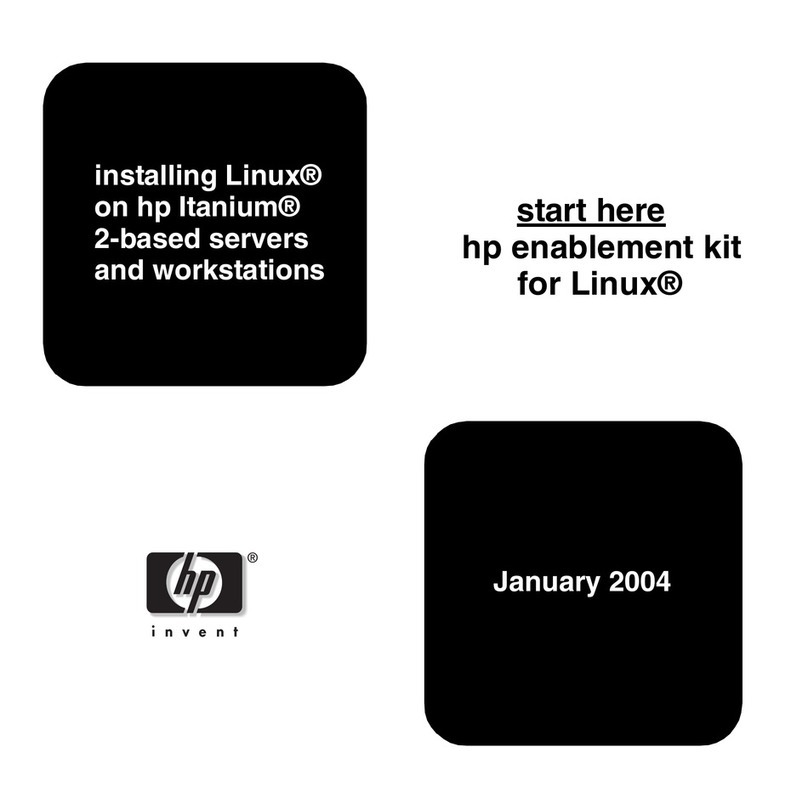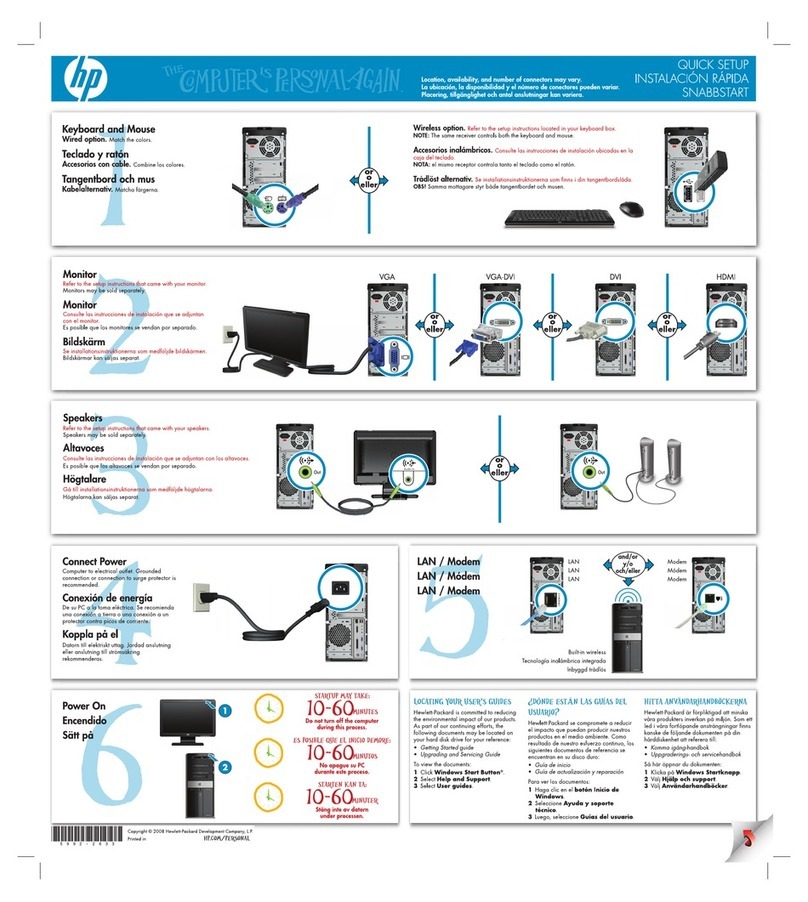4
PREVENTIVE
MAINTENANCE
-
CUSTOMER
ENGINEERING
--
With unit removed:
(a) TYPE BARS for bent or broken type tails, broken type tail springs
and freedom of operation of type bars in their guides.
(b) PRINTING PRESSURE
BAR
ASSEMBLY
Ifor wear.
2.
Magnet
Unit.Check with unit removed from machine.
(a) DRIVE ROD BAIL for freedom of movement.
(b) ARMATURES for wear at point where drive rod lever contacts it.
(c) TERMINAL WIRES for loose or broken connections.
(d) RIBBON FEED ASSEMBLY for wear and freedom of operation.
I
II.
Lubrication
(1) Print magnet armature pivot point.
(2)
Type bar stop pawls.
IBM
9
(1) Ribbon feeding mechanism.
(1) Magnet armatures at point where drive rod levers rest.
(2) Internal cuts in zoning pawl restoring lever cams.
(3) Top of magnet unit restoring levers where they
fit
into slot
in
sides of
magnet unit.
(4)
Zone carrier lever arms at end that fit into type unit.
(5) Type bar friction springs.
(1)
Cam rollers for magnet restoring cam.
(2) Cam roller on zoning carrier lever.
(3) Drive shaft end bearing behind linen dilecto gear.
BASE
1.
CB
Cams
and
Contacts
(see
General
Section)
When the brushes are worn to the extent that the duration of contact
through the hole in the card is increased, difficulty may be experienced
both with the brushes making too early and too late. Wear of the CB
cams, contacts and cam followers resulting in longer impulses, aggravates
this condition. A worn brush, making contact early through a hole in
thecard before
CB
5and
6
havebroken thecircuit for thepreviousimpulse,
may result in tripping the magnets early causing printing under. With
a worn brush making contact too long, or
if
CB4, 5and
6
aremaking early,
it is possible for a zero hole to make contact for a one impulse and the
type bar will be stopped by the zero-one position which is normally blank.
To overcome these conditions, the timing below should be adhered to:
CB 5 makes at 108O for a one impulse, CB
6
breaks three degrees later
at 111". As further check, CB
5
should make at 153" and CB 6 should
break at 156" for a
7
impulse.
CB
4 should not make earlier than 107".
Occasionally a brush will drop into the zero hole in the card, while the
zone make cam CB 2, due to its long duration, is closed for an
X
and if
the brush overlaps the CB by as little as 1" the discharge of the
2MFD
condenser may operate the print magnet. Such an impulse will start the
type bar moving much sooner than it should, and it may be deposited on
the
X
bail.
Toovercome this condition the zone cams CB
2
and
3
are now cut for a
shorter duration. These cams, Part #160759, are available for installation
and should be ordered on MES Group
11
to eliminate difficulties of this
nature.
The theoretical timing of CB
2
and CB
3
with this shorter duration is
shown on wiring diagram
#I61
561-K reading as follows:
